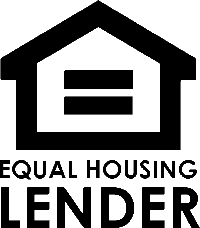How much mortgage money can I qualify to borrow?
This is typically the number one question mortgage professionals are asked by new clients.
Of critical importance when considering mortgage financing: There is sometimes a difference between what a client ***can*** borrow and what they ***should*** borrow.
In other words, what makes for a comfortable long-term mortgage payment?
The Quick Answer:
If we’re simply considering the financial math, lenders will calculate your Debt-to-Income Ratio and generally allow for 28-31% of your gross income to be used for the new house payment with up to 43% of your gross income to be used for all consumer related debts combined.
Sample Mortgage Scenario:
Let’s use a gross monthly income of $3000 and a qualifying factor of 30% Debt-to-Income Ratio:
$3000 multiplied by .3 (30%) = $900 max monthly mortgage payment
This means that your mortgage payment (Principal, Interest, Taxes, Hazard Insurance) cannot exceed $900 a month.
“Ballparking” a Qualifying Loan Amount:
Simple step: We use a safe average of $7 per month in payment for every $1000 in purchase price so…
Step 1) $900 a month divided by $7 = $128.50
Step 2) $128.50 multiplied by 1000 = $128,500 loan amount.
Remember, these are average ratios and guidelines set by most lenders for common mortgage programs.
Keep in mind, while most consumer debts are listed on a credit report, there are some additional monthly liabilities that may contribute to the overall qualifying percentages as well.
Regardless of how your personal income and credit scenarios factor in, it is important to consider your overall budget when trying to determine how much of a mortgage you should qualify for.
Other items to consider in your monthly budget:
1. Confirm all debts are taken into account
2. Any private notes or family loans
3. Short-term expenses – medical, auto repairs, travel, emergencies
4. Plan on additional expenses for the home such as water, electric, maintenance, etc…
5. Keep a cushion for savings and financial planning

